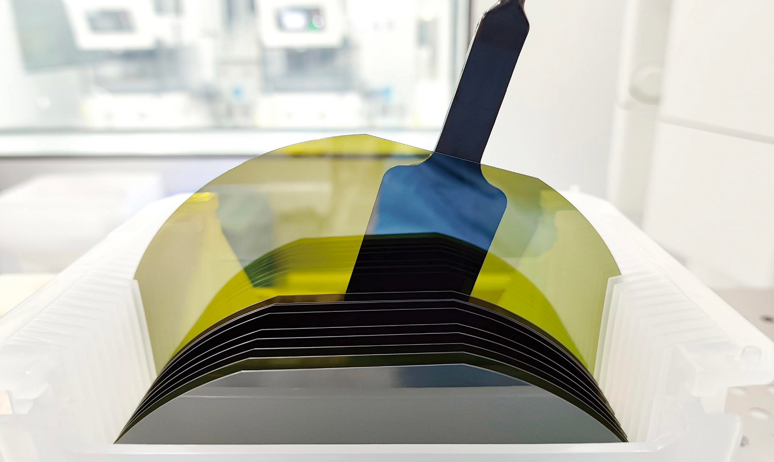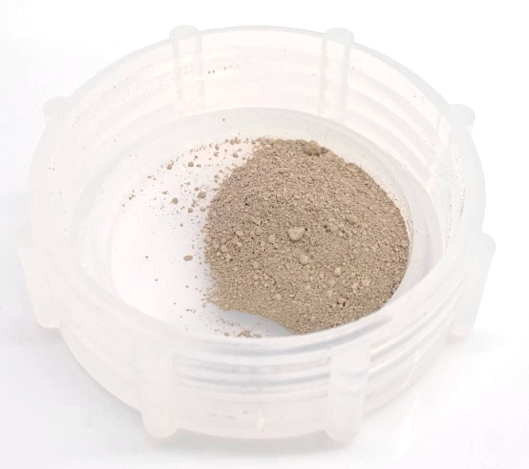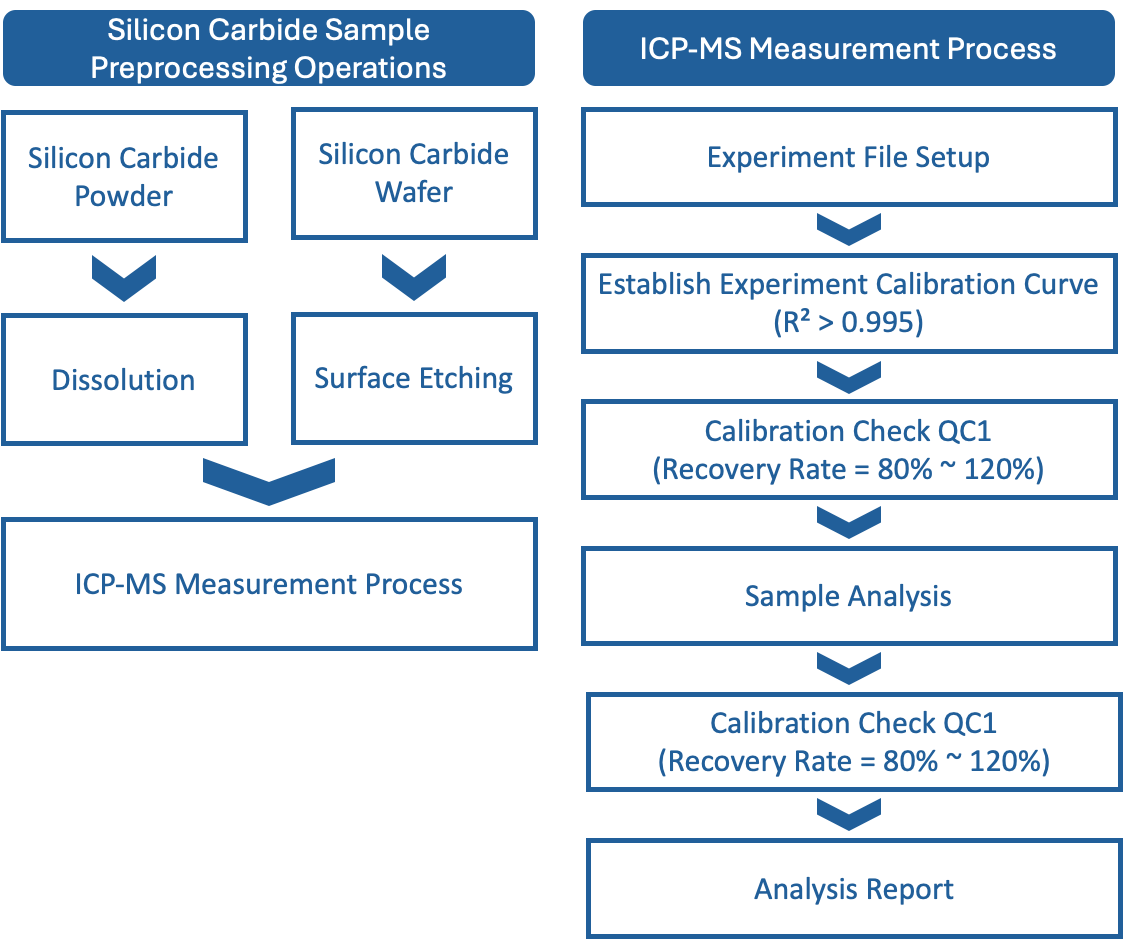
The third generation compound semiconductor silicon carbide (SiC) is a wafer that combines carbon and silicon. It has extremely high hardness, excellent thermal stability, high thermal conductivity and excellent electrical properties... These properties make silicon carbide an ideal material for high-temperature, high-frequency and high-voltage electronic components. Unlike the first generation of semiconductor materials, which are mainly composed of silicon, silicon carbide materials have more significant advantages and can withstand higher voltages, greater power density and faster switching speeds, thereby improving system efficiency and reducing energy loss. It is especially suitable for applications such as electric vehicle power modules, renewable energy power generation and 5G communication equipment.
Silicon carbide continues to develop driven by the popularization of electric vehicles, renewable energy and high-frequency communication technology, and is gradually expanding commercially with the advancement of manufacturing technology and cost reduction. With its high performance, high temperature resistance and low power consumption, silicon carbide has become a key material in semiconductor technology, helping various fields improve performance and energy efficiency.

When silicon carbide is used in semiconductors and high-performance electronic components, multiple quality tests are required to ensure quality. Common testing items include: metal impurity analysis, crystal structure detection, defect analysis...etc. Among them, metal impurity analysis is particularly important, because even trace amounts of metal contaminants may affect its electrical properties and stability.
ICP-MS (Inductively Coupled Plasma Mass Spectrometer) has been widely used to measure wafer metal contamination as early as the first generation of semiconductors. It is an important hurdle for terminal inspection of wafers, so silicon carbide semiconductors also continue this process. important inspection mechanism. This is because ICP-MS has extremely high sensitivity and can detect metal elements at ppb~ppt levels or even lower concentrations (ppq levels) to ensure wafer quality requirements. Through ICP-MS analysis, the degree of contamination during the production process can be effectively monitored to ensure the quality of materials to meet the needs of high-performance applications.
Silicon carbide sample analysis is usually divided into raw material inspection and finished product inspection. Raw material inspection mainly analyzes silicon carbide powder to ensure that the quality of the powder can be used to make silicon carbide crystal rods. Finished product inspection mainly focuses on the final inspection of silicon carbide wafers, analyzing the degree of contamination on the wafer surface to ensure that the wafer surface cleanliness can meet customer needs. Both samples require preparatory work to ensure that the samples can be analyzed accurately. These preparatory tasks include:

1. Sample pretreatment:As mentioned earlier, silicon carbide material is highly chemically resistant, so it is difficult to digest and decompose silicon carbide powder samples into liquid state using traditional digestion technology. Currently, mainstream digestion The method is to use microwave digestion technology with designated chemical solvents to improve digestion and decomposition efficiency and safety. In addition, for the silicon carbide wafer part, contaminants on the wafer surface are extracted through extraction liquid for analysis.
2. Avoid contamination:ICP-MS detection sensitivity is extremely high, so special attention should be paid to avoiding external contamination during sample processing. It is necessary to use high-purity reagents (18DI ultrapure water and ultrapure grade chemicals), clean experimental equipment (such as Teflon material) and a clean working environment (such as clean room).
3. Standard solution preparation: When performing ICP-MS analysis, a multi-element standard solution traceable to NIST will be used to establish a calibration line for each element for analysis, and the linearity of the calibration line must be Reaching 0.995 or above.
Through these complete pre-operations, we can more accurately present the analysis results to customers for reference and judgment.

Shangwei Technology can provide customers with more than 40 element testing results to help customers obtain more complete information; if you have needs for metal element testing and analysis of raw materials, please feel free to contact us!
 Inquiry mailbox x
Inquiry mailbox x